

| Visitors Now: | |
| Total Visits: | |
| Total Stories: |

| Story Views | |
| Now: | |
| Last Hour: | |
| Last 24 Hours: | |
| Total: | |
Unique Skull Throws Human Evolution Theories Into Turmoil, 11 Photos And Video

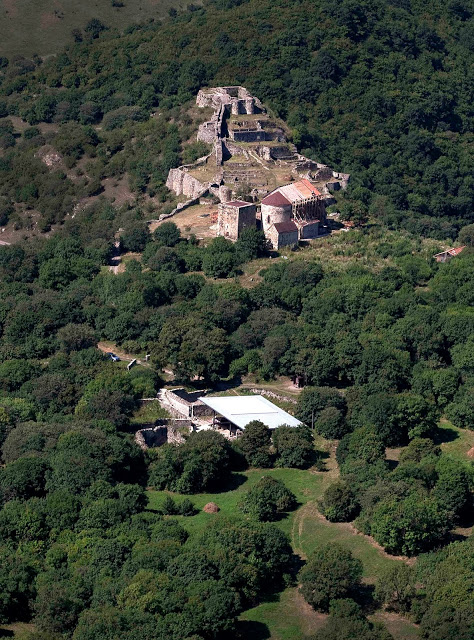
It is the fifth skull to be discovered in Dmanisi. Previously, four equally well-preserved hominid skulls as well as some skeletal parts had been found there. Taken as a whole, the finds show that the first representatives of the genus Homo began to expand from Africa through Eurasia as far back as 1.85 million years ago.
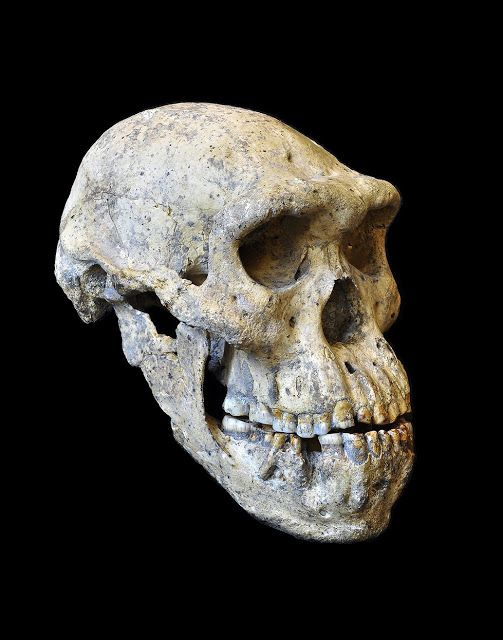
Because the skull is completely intact, it can provide answers to various questions which up until now had offered broad scope for speculation. These relate to none less than the evolutionary beginning of the genus “Homo” in Africa around two million years ago at the beginning of the Ice Age, also referred to as the Pleistocene. Were there several specialized “Homo” species in Africa at the time, at least one of which was able to spread outside of Africa too? Or was there just one single species that was able to cope with a variety of ecosystems? Although the early Homo finds in Africa demonstrate large variation, it has not been possible to decide on answers to these questions in the past.
Marcia Ponce de León, who is also an anthropologist at the University of Zurich, points out another reason: paleoanthropologists often tacitly assumed that the fossil they had just found was representative for the species, i.e. that it aptly demonstrated the characteristics of the species.
Picture: Georgian National Museum
Dmanisi now offers the key to the solution. According to Zollikofer, the reason why Skull 5 is so important is that it unites features that have been used previously as an argument for defining different African “species”. In other words: “Had the braincase and the face of the Dmanisi sample been found as separate fossils, they very probably would have been attributed to two different species”.

Credit: University of Zurich
Diversity within a species is thus the rule rather than the exception. The present findings are supported by an additional study recently published in the PNAS journal. In that study, Ponce de León, Zollikofer and further colleagues show that differences in jaw morphology between the Dmanisi individuals are mostly due to differences in dental wear.
Computer reconstruction of the five Dmanisi skulls
This shows the need for a change in perspective: the African fossils from around 1.8 million years ago likely represent representatives from one and the same species, best described as “Homo erectus”.
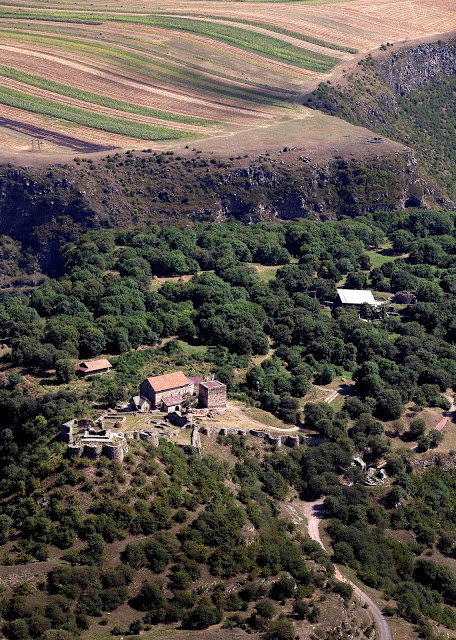
Picture: Fernando Javier Urquijo
Dr. Marcia S. Ponce de León
Anthropological Institute
University of Zurich
David Lordkipanidze, Marcia S. Ponce de León, Ann Margvelashvili, Yoel Rak, G. Philip Rightmire, Abesalom Vekua, and Christoph P.E. Zollikofer. A complete skull from Dmanisi, Georgia, and the evolutionary biology of early Homo. Science. October 18, 2013. doi: 10.1126/science.1238484
Ann Margvelashvili, Christoph P. E. Zollikofer, David Lordkipanidze, Timo Peltomäki, Marcia S. Ponce de León. Tooth wear and dentoalveolar remodeling are key factors of morphological variation in the Dmanisi mandibles. Proceedings of the National Academy of Sciences of the United States of America (PNAS). September 2, 2013. doi: 10.1073/pnas.1316052110
Research and development collaborative work with huge leverage
The new research findings on Dmanisi are based on collaborative work ongoing for many years between the Anthropological Institute at the University of Zurich and the Georgian National Museum in Tbilisi. The Dmanisi project is financed by SCOPES (Scientific co-operation between Eastern Europe and Switzerland), a research program co-funded by the Swiss National Science Foundation (SNSF) and the Swiss Agency for Development and Co-operation (SDC). This research tool operates with a comparatively modest budget, but has a major and positive impact on the research landscape in the participating countries.



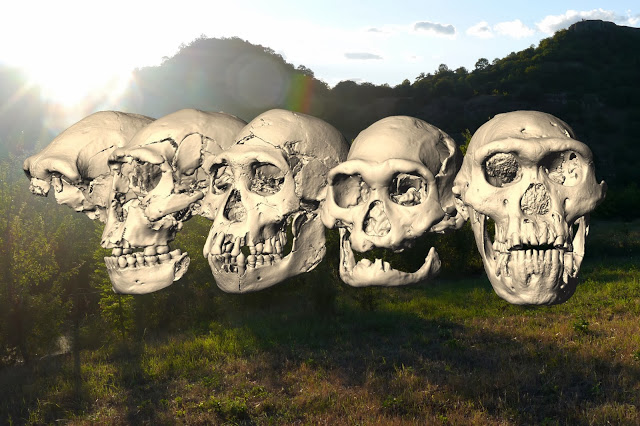
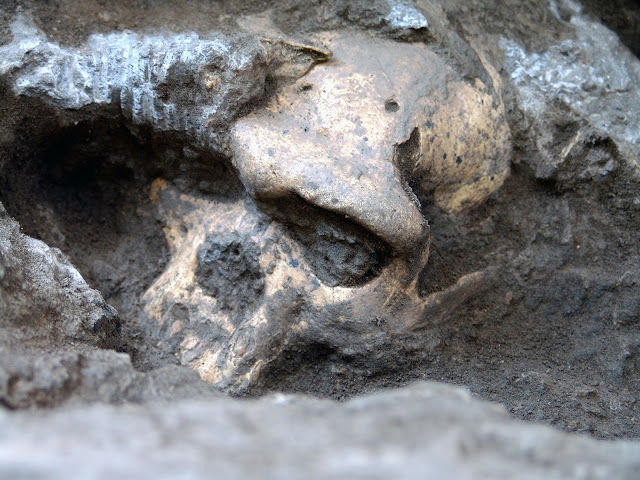

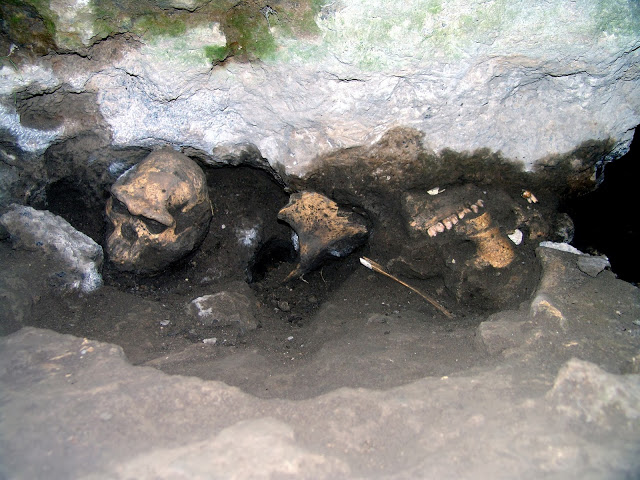
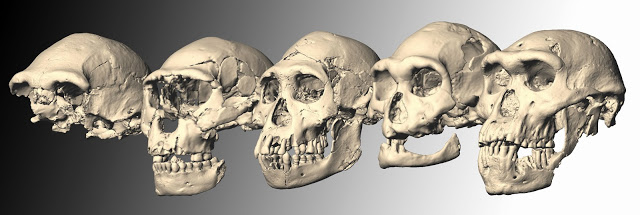
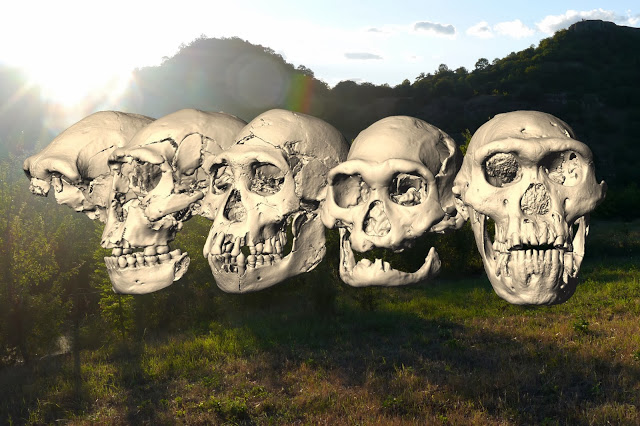

i cant wait to see what the religious nutcases say about this LOL
Excellent. The system needs a bit of mystery and scientific boat rocking to keep it honest. http://coldwarwarrior.com/